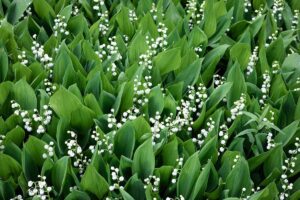What is summer without a patch or pot full of geraniums? They’re so bright and cheerful, not to mention pretty easy to care for.
But it’s painful to toss them out at the end of the year, isn’t it? Perhaps surprisingly, these plants are actually perennials – even though many gardeners treat them as annuals.

We link to vendors to help you find relevant products. If you buy from one of our links, we may earn a commission.
That means you don’t have to toss them in the trash when winter comes knocking at your door.
There are plenty of other options available so you can enjoy them year after year. If you live in a warm climate, you can even leave them in the ground for years to come.
So how long do geraniums (aka pelargoniums) live? And what should you do with them after they stop blooming? That’s what we’re about to discuss.
Here’s everything we’ll go over, coming right up:
What You’ll Learn
Geraniums are native to parts of sub-tropical Africa, and they live happily there for a long time. There’s no reason they can’t do the same in your garden, even if you have a foot of snow in the winter.
How Long Can Geraniums Live?
Most of us grow these plants as annuals because they die when it becomes too cold. But in USDA Hardiness Zones 10 to 12, they can be grown as perennials.
They don’t have long lives, however. You won’t find any 100-year-old geranium trees out there.
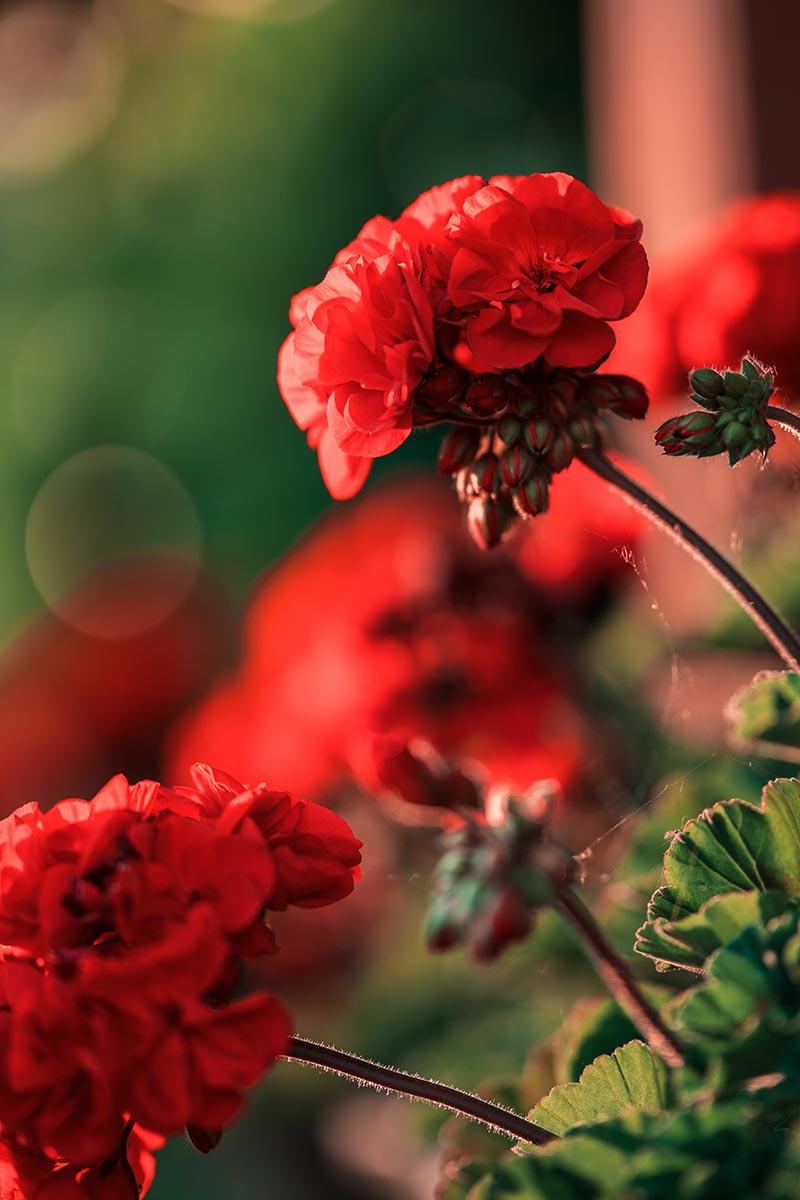
As the plants age, they become woody and leggy, and the blossoms are more sparse. This happens after two or three years of growth.
While they may not be as pretty as they once were, they can live for several more years beyond that. There’s no need to toss out your plants after a growing season because they can keep on blooming for years to come.
Overwintering
If you don’t live in Zones 10 to 12, you aren’t condemned to a life of buying armfuls (or is that just me?) of pelargoniums at the store each spring.
You can actually overwinter geraniums quite easily, and our guide can help you do that.

By overwintering, you keep the plant in a state of dormancy so it’s ready to burst forth with flowers next year, and it doesn’t take much work or space at all.
Not only does it save you money next spring, but your geraniums will be much larger than most any you can buy at the store.
The downside is that they might be leggier and have fewer blossoms than in the first year, but I usually find they stay beautiful for at least a year or two before they start to decline.
Pruning for a Second Flush
If it’s still summer or early fall and your plants have stopped blooming, it might simply be that too many flowers were able to go to seed and your pelargonium thought its job was done for the year.

Get out there with your pruners and cut each stem back by about a quarter. So long as there is still enough time left in the growing season, you should see a second round of flowers.
Next year, be sure to deadhead as soon as the flowers start to look spent. That’s the best way to ensure long-lasting, robust blossoms.
Taking Cuttings
Once your plant has been around for several years, it’s going to turn woody and start to look a bit leggy. The blossoms won’t be as profuse or as big as they once were either. Aging can be tough!
At that point, you’ll either want to start fresh with newly purchased plants or take a cutting and propagate a new plant – or several! – from the original one.
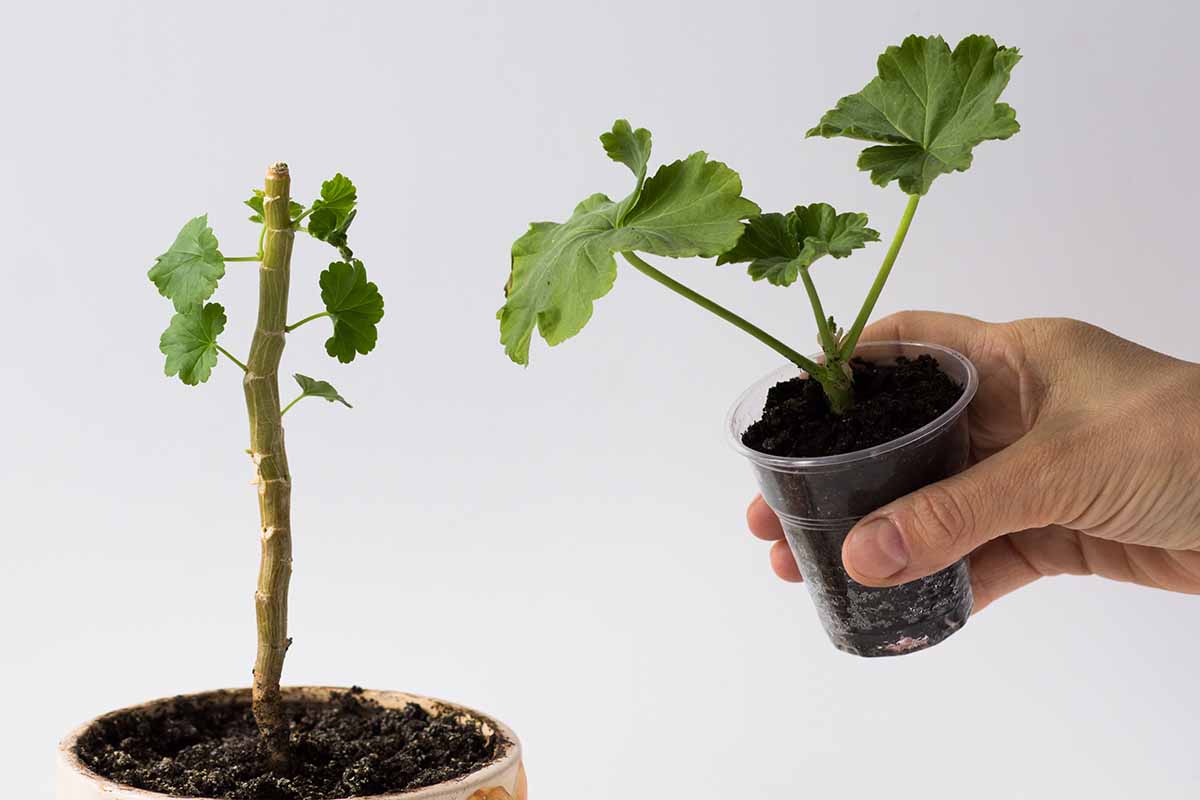
Taking cuttings allows you to continue growing a plant that you particularly love, but you get to start out with a new, young plant that will have a more compact growth habit.
It will also produce as many flowers as the original plant did when it was young.
To learn about taking cuttings, check out our guide on the subject.
Pruning for Winter
If you do live in Zones 10 to 12, your plant will stop flowering toward the middle of fall, but it will return next year for another brilliant show.
To help encourage bushy growth, prune the plant back after it has finished blooming.
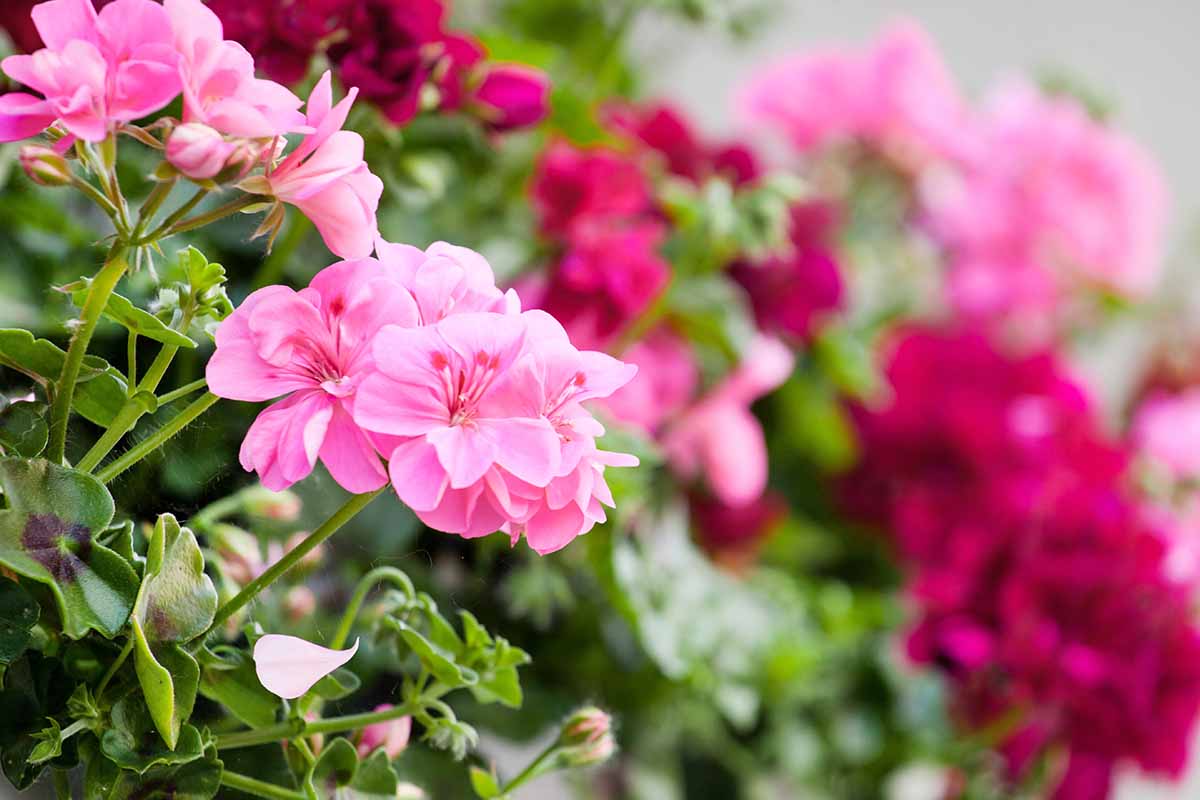
Take a clean pair of pruners and cut each stem back by about a third. That’s all there is to it. In the spring, as new growth emerges, pinch it back using your fingers to encourage more compact growth.
Learn more about how to prune geraniums in our guide.
Disposal
If you don’t want to go through the hassle of any of the options above, you can always pull up and throw out your spent plants. I’ve totally been there. Sometimes you just want to clean up and start fresh next year.
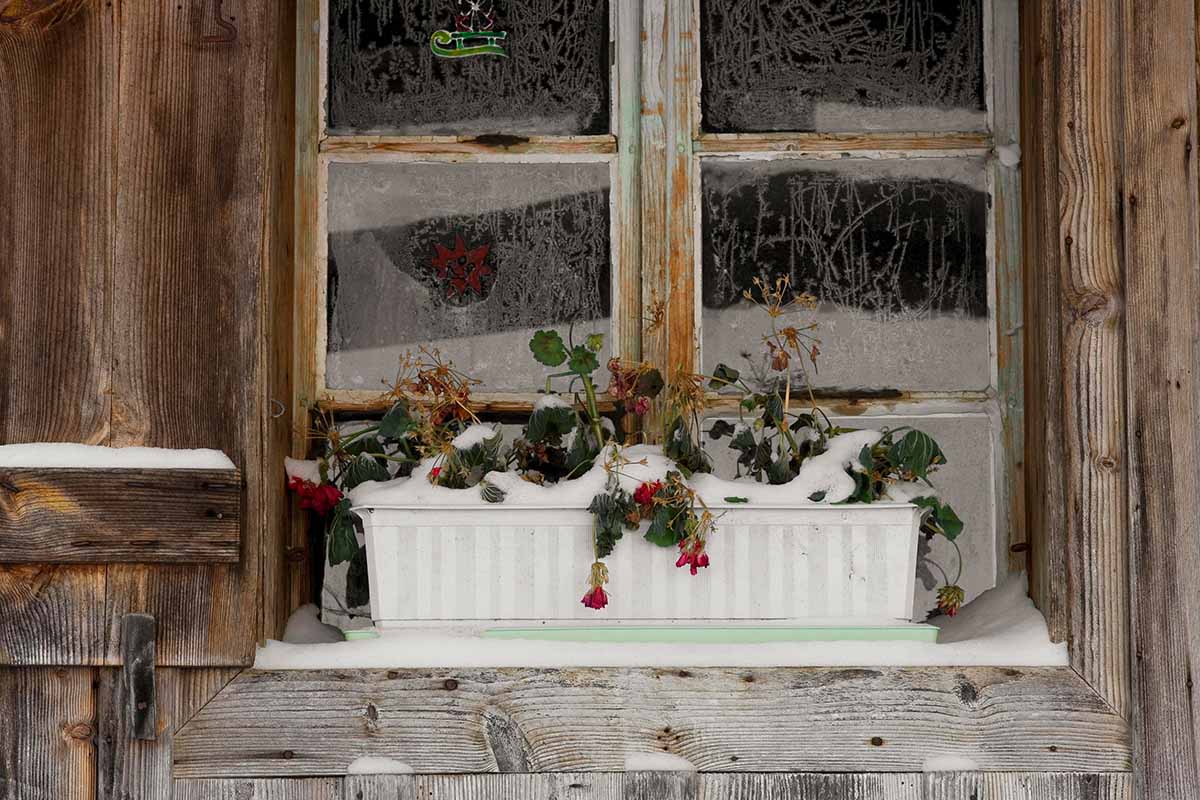
Grab them around the base and tug them out of the soil. Knock as much of the soil from the root ball as you can, and fill the remaining hole with well-rotted compost if it’s in the ground.
Dispose of the plant in the compost or if it had any pest infestations or diseases, toss it in the garbage.
Clean up any fallen debris, as well. This is a good garden practice in general because it helps to limit the spread of disease.
Your Geranium Still Has a Lot of Life in It
Just because most people treat them as annuals, that doesn’t mean geraniums can’t live for years and years, given the right care and maintenance.
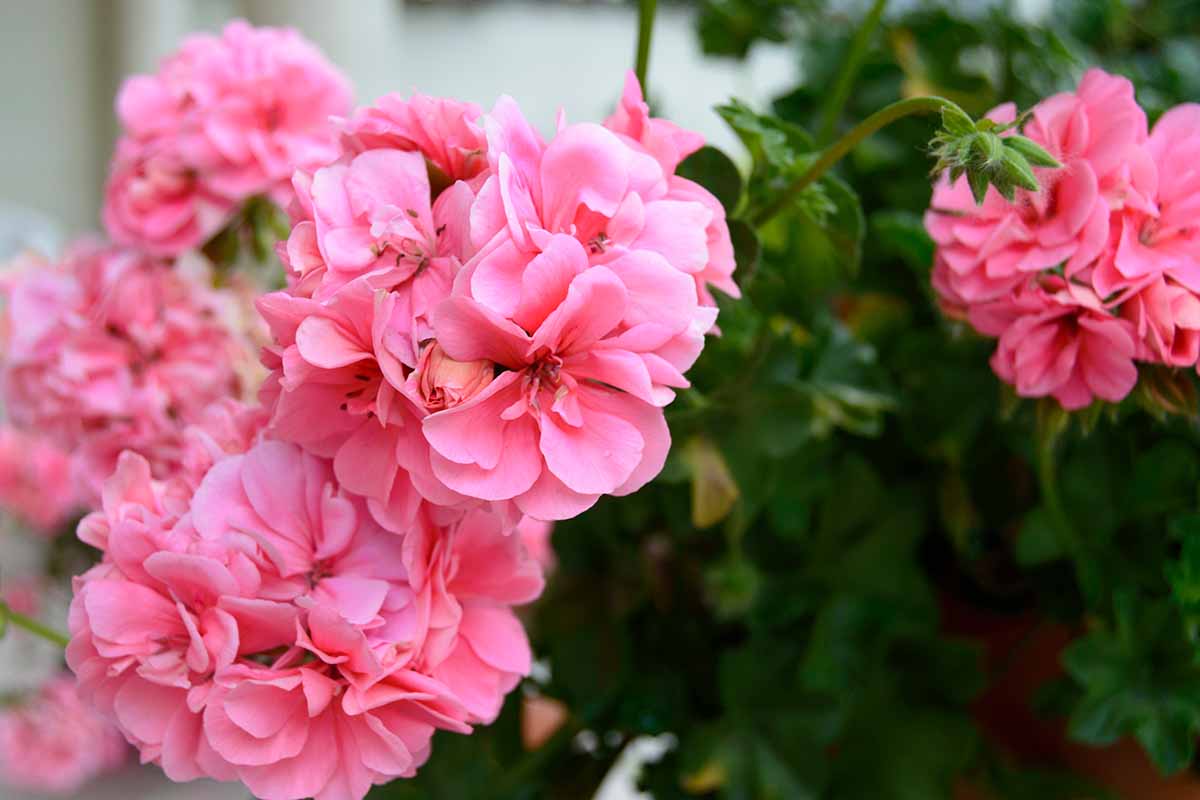
That’s obviously a money-saver, but you’ll also have a larger plant than you would have if you just purchased new seedlings each year. But think of how many resources you’re saving, as well!
It takes a lot of water, petroleum products, and other things like soil, perlite, and peat moss to grow all those geraniums that are tossed out after just one summer.
What do you plan on doing with your geraniums? Overwintering? A little pruning for next year? Let us know in the comments section below.
Are you a fan of pelargoniums? I can relate. If you’d like to learn more about these pretty flowers and their close relatives, we have several guides that you might find to be of interest, including:
